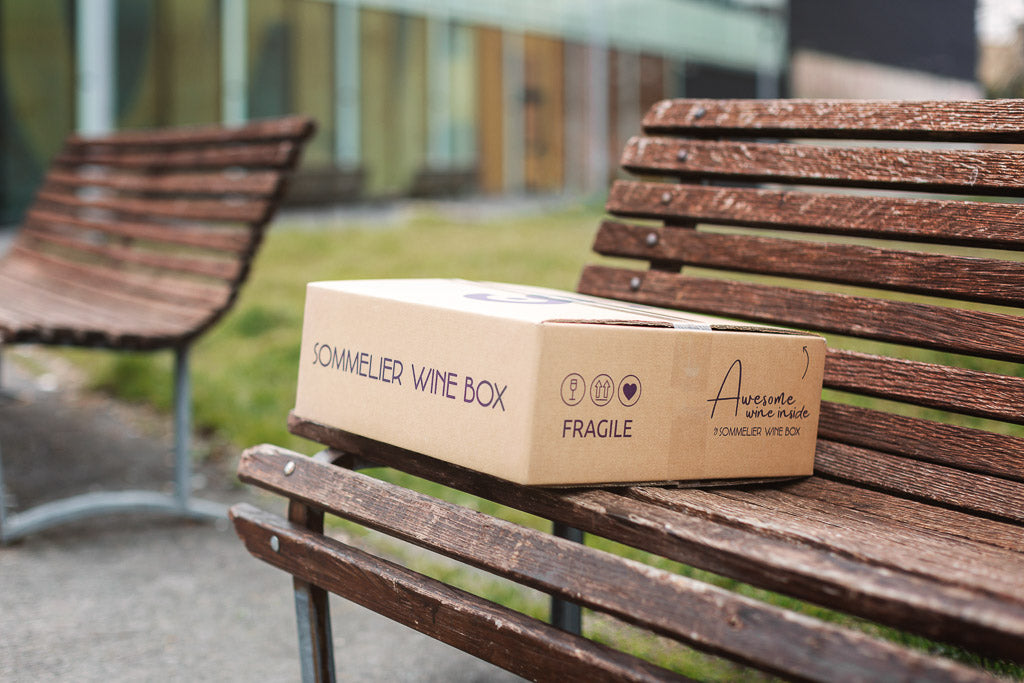An austere, difficult grape, which when vinified in purity produces some of the most esteemed wines in the world. Symbol of Piedmont, identifying grape, battleground between tradition and innovation. Nebbiolo isn't interested in being easy. Perhaps this is also why it is such a special vine.
25 curiosities about Nebbiolo.
1. It is the native Piedmont vine par excellence.
2. It is written Nebbiolo and read Langhe . In these wonderful hills, with the slopes mainly facing south, south-east, south-west, the best are reserved for Nebbiolo.
3. It is mentioned for the first time in 1295 (as a “ de nebiolo ” wine bequeathed to his wife by a certain Tomaso Asinai).
4. It owes its name to the fog , it is not known whether it is due to the pruina - the thin layer of waxy substance that covers the grapes - or in a more literal sense because it is harvested late, in late October, when the first fogs already appear
5. There are three sub-varieties : Lampia, Michet and Rosé.
6. In the Novara area it is called Spanna .
7. It is one of the most difficult vines of all : dense berries, very long life cycle - early budding, late ripening, it is exposed to all possible climatic risks.
8. It is a demanding grape , difficult to grow, which needs perfectly favorable exposures to ripen.
9. It requires long refinements .
10. Two of the most famous Italian wines are produced with pure Nebbiolo: Barolo and Barbaresco .
BAROLO
11. As we know it today, Barolo was born in the first half of the nineteenth century at the behest of the Falletti marquises who hired the French oenologist Louis Oudart, then also in the service of Camillo Benso . Before it was a sweet wine.
12. A key figure in the history of Barolo is Giulia Colbert Falletti , a great woman of wine: the "Marchesa of Barolo". It was she who spread it at the Savoy court.
13. We therefore come to why Barolo is considered the wine of kings : Vittorio Emanuele II purchases the estates of Fontanafredda in Serralunga d'Alba. In fact, it is from the events that arose within the Savoy court that the motto that sees Barolo as a "king's wine" as well as "the king of wines" derives.
14. Wines produced in 11 municipalities can be called Barolo, of which only three are entirely produced (Barolo, Castiglione Falletto and Serralunga d'Alba).
15. There is no denomination in Italy that provides within its area a variety equal to that of Barolo, also in terms of microclimate and soil. This is reflected in the variety of Barolos produced, a very rich universe, which must be approached with many tastings and just as much humility.
16. Barolo requires long refinements: it evolves slowly and continuously. It is a unique wine that becomes exceptional with time, but it is also difficult to read: it challenges beginners and requires a trained palate.
17. Pale in color, it has a complex and unique bouquet , constantly evolving; it is majestic due to its tannic texture - fierce when young - which becomes elegant and silky with the passage of time, to reach heights of extreme elegance.
18. You have to be daring in pairings : Barolo does not tolerate timid encounters . So green light for important meat dishes such as stews, braised meats, or very long matured cheeses. It should be served at 18-20° C, in a large glass, as a structured red wine.
BARBARESCO
19. The name derives from a village in the Langhe, Castrum Barbarisci, once covered by " barbarica silva ".
20. As with Barolo, the first vinification of Barbaresco in a dry version dates back to the 19th century, although initially it was called Barolo or Nebbiolo.
21. The differentiation dates back to 1894 , when the Cantina Sociale di Barbaresco was founded: thus began the independence of Barbaresco from Barolo.
22. And the climb in quality with the well-known peaks of exquisite elegance, which are mainly due to Giovanni Gaja and his son Angelo.
23. Wines produced in a very small territory can be called Barbaresco: in three towns (Barbaresco, Neive and Treiso) and in part of the hamlet of San Rocco Seno d'Elvio.
24. It differs from Barolo in its aromas, especially violet , and because it matures earlier , reaching perfection from the third year of aging onwards; furthermore, it has a more subtle tannic texture and is characterized even more by its freshness.
25. Ideal in combination with game , pappardelle with wild boar, very mature and tasty cheeses. It should be served at 18-20° C, in a large glass, as a structured red wine.




